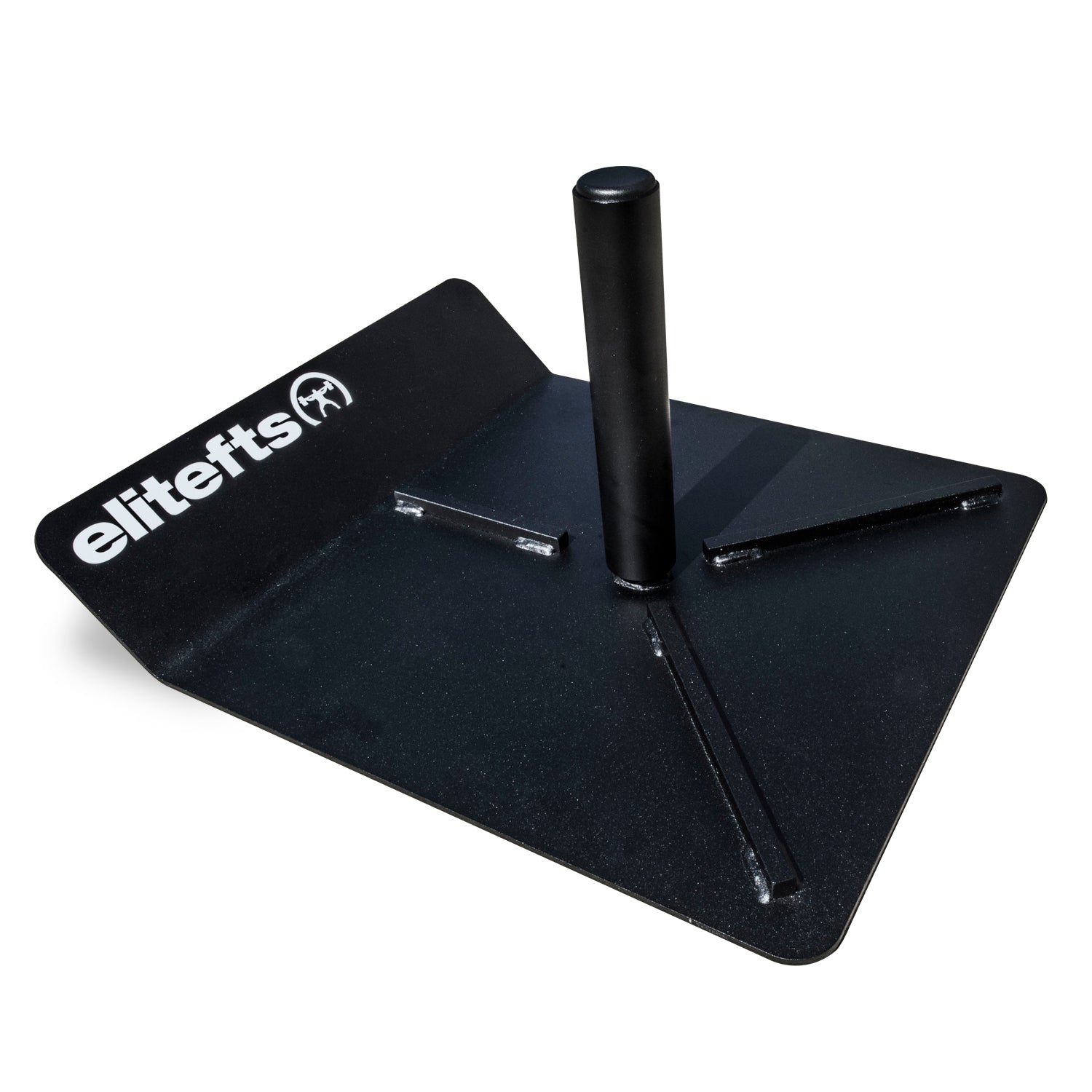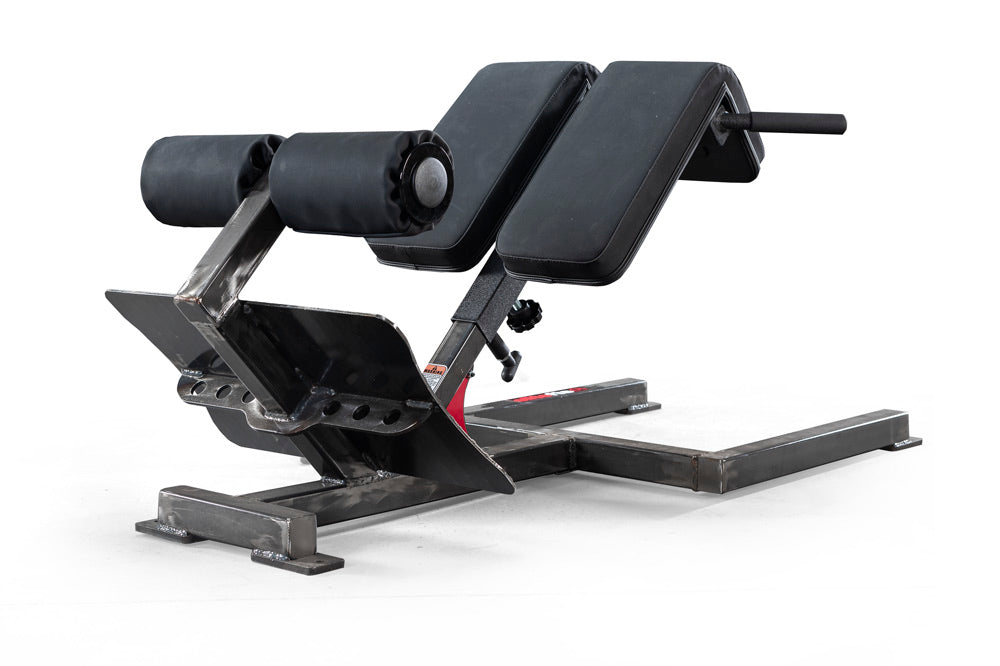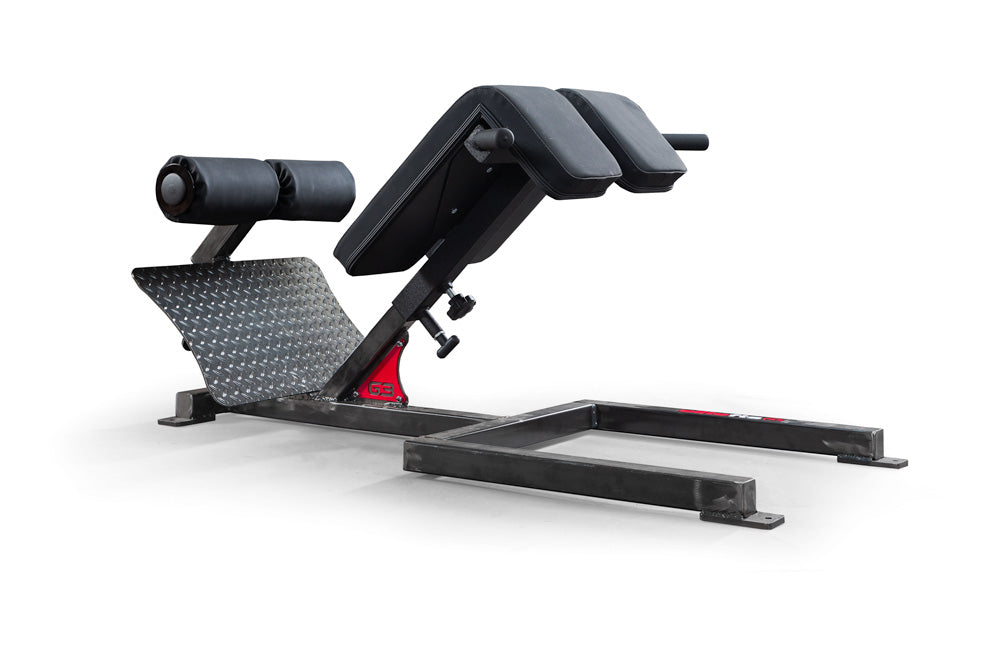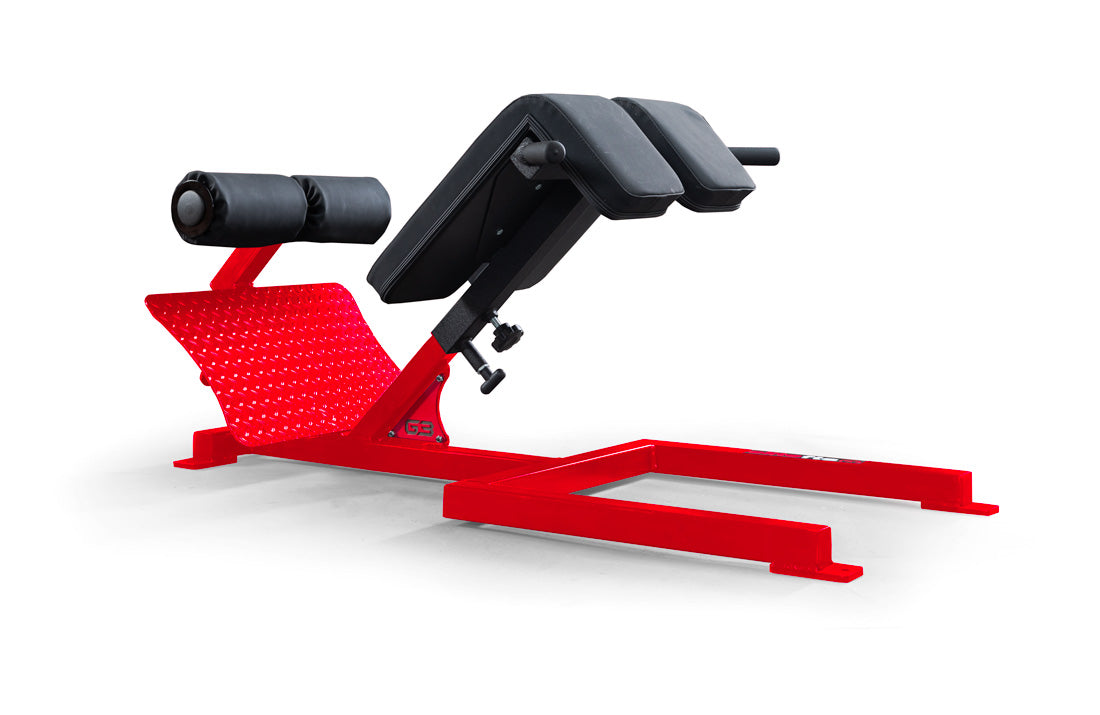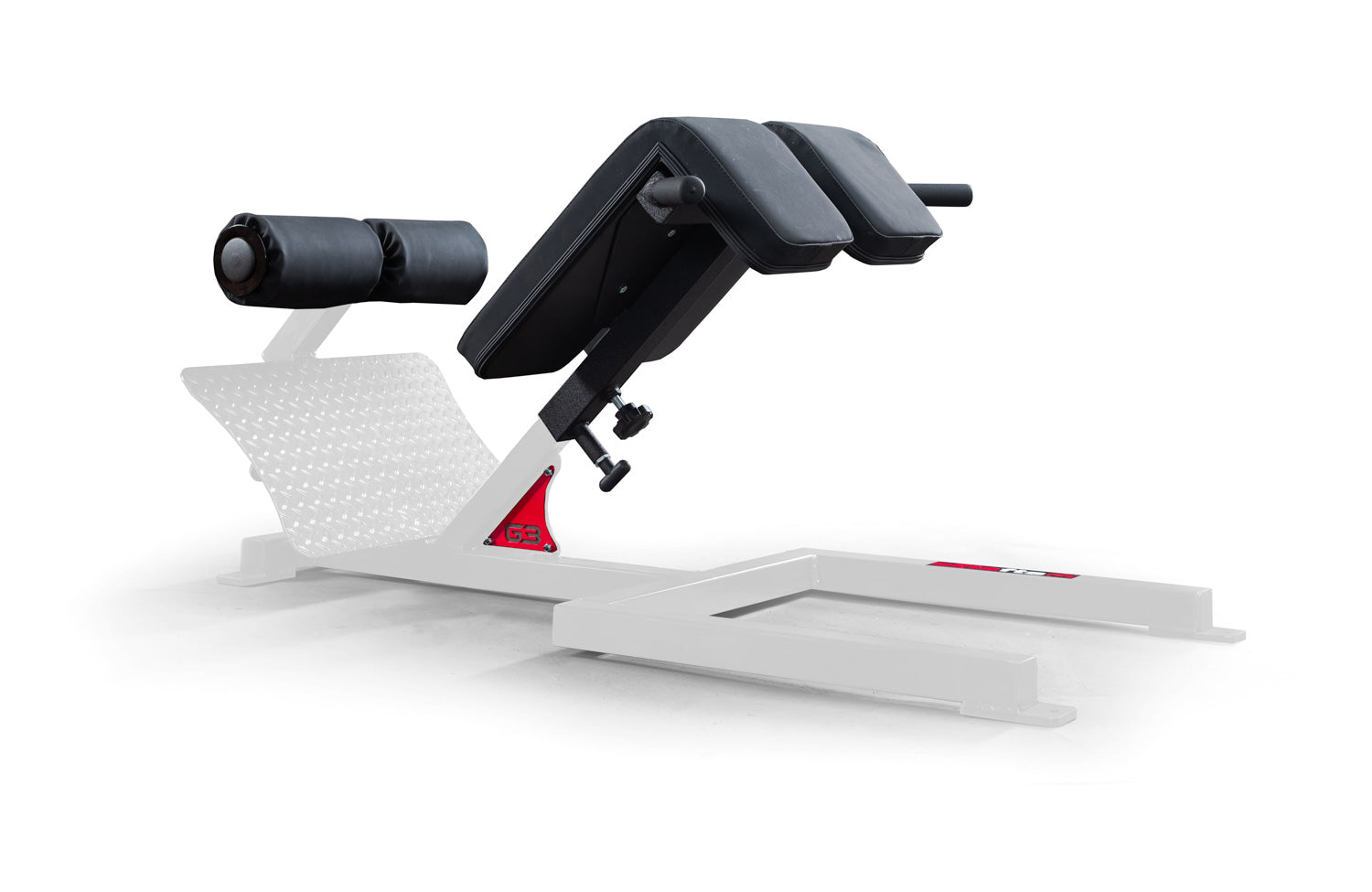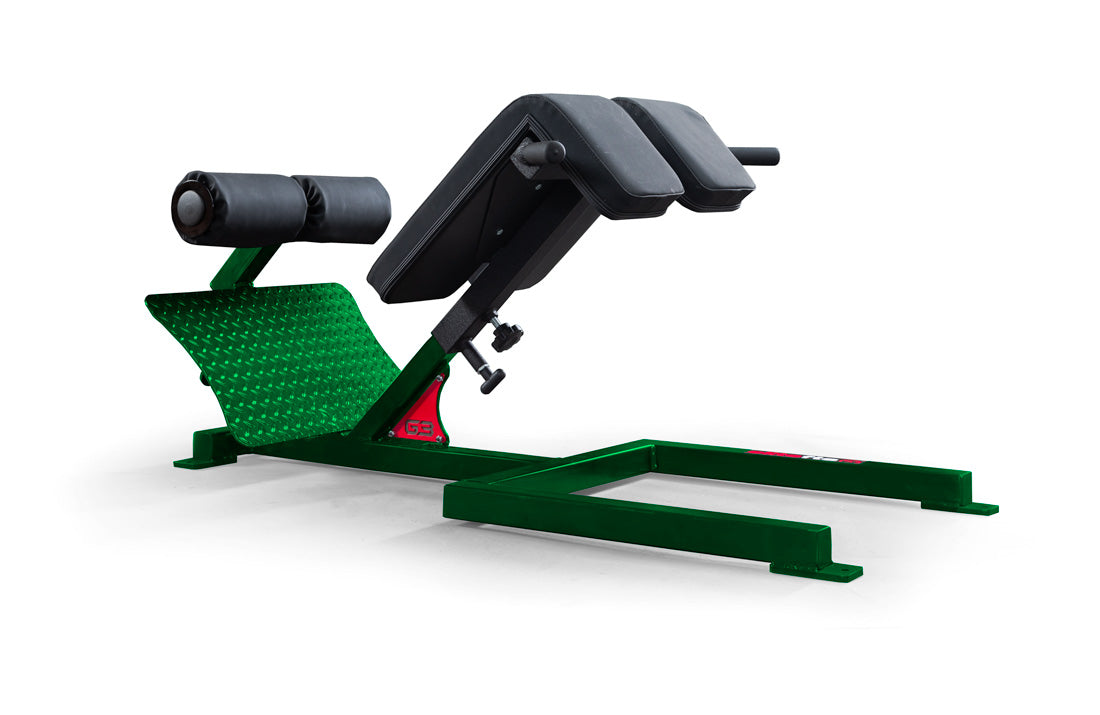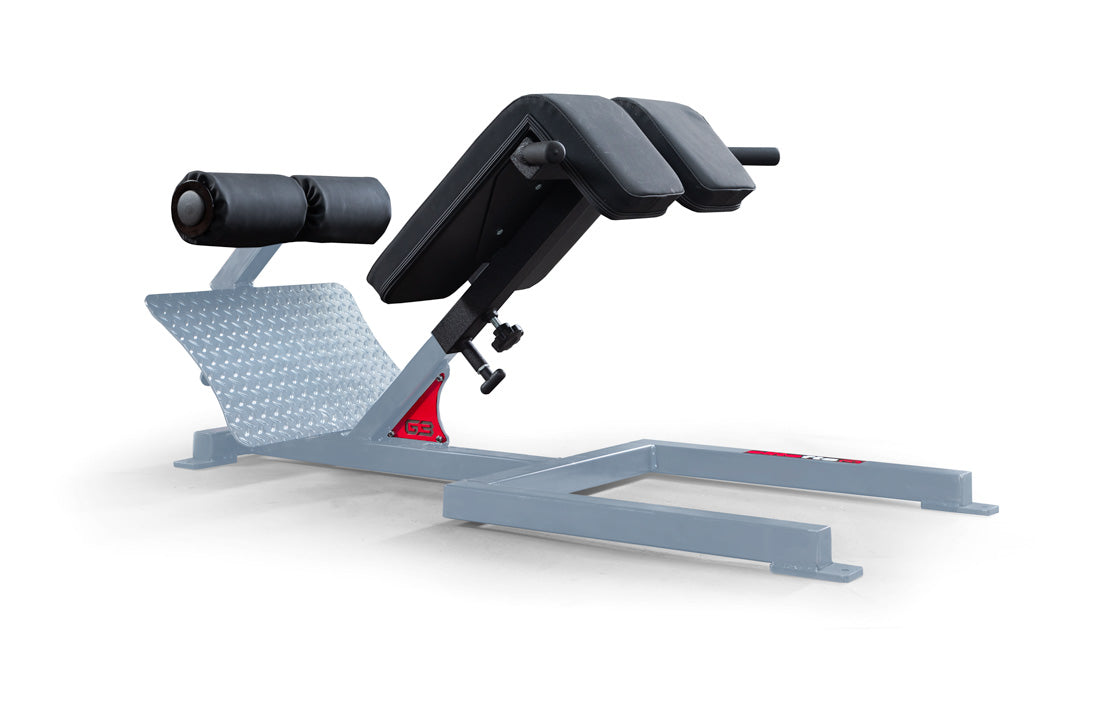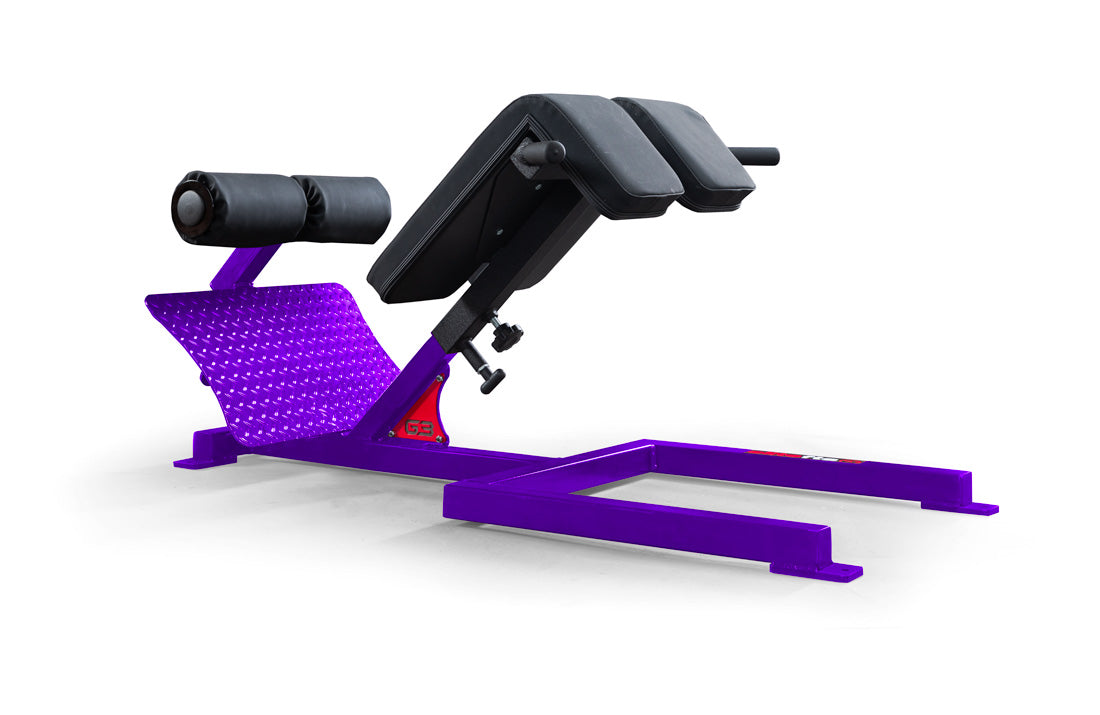Day 1 — Linear Speed Focus
Warm-Up- Bodyweight Squats 3x10
- Jumping Jacks 3x10
- Cross Jacks 3x10
- Skip 2x20 yards
- Shuffle 2x20 yards
- Backwards Run 2x20 yards
- Bear Crawl (and other various animal crawls), 6 movements for 10-15 yards each
- Arm Action, 3-4 sets
- Knee Drives Against the Wall, 4-5 sets
- Knee Drives/High Knees with band around waist, 2-3 sets
- Starts from a two-point stance, running over 4-5 mini hurdles, 3-4 sets
- Tennis Ball Drop and Sprint
- Relay Race
- Red Light, Green Light
MORE: How to Use Fundamental Movements to Develop Youth Athletes
Day 2 — Strength and Conditioning Focus
Warm-Up- Jump Rope 3-4 sets of 30 seconds
- Bodyweight Squats 3x10
- Dynamic Stretches: Hamstring, Quad, Hip Flexor, Glute, Lunge Walks, Calf/Achilles
- Medicine Ball Drills: Chest Pass, Overhead Pass, Underhand Toss for Height, Backwards Toss, Overhead Slams, Sit-ups, Pushups, Squats
- Forward Drag
- Backward Drag
- Double-Arm Row
- Hand -Over-Hand Pull
- Battling Ropes
- Sled Push
- Ball Slams
- High Knees through Ladder
- Sandbag Carry

Photo courtesy of Chris Whitacre
Day 3 — Changing Direction/Agility Focus
Warm-Up- Bodyweight Squats 3x10
- Jumping Jacks 3x10
- Cross Jacks 3x10
- Skip 2x20 yards
- Shuffle 2x20 yards
- Backwards Run 2x20 yards
- Bear Crawl (and other various animal crawls), 6 movements for 10-15 yards each
- Single-Leg Hops
- Two-Feet Hops
- Hopscotch
- Icky Shuffle
- In, In, Out, Out
- Speed Skaters
- Hockey Stops
- Reactive Direction Change (voice commands and hand gestures)
- Mirror Drill
RELATED: How To Develop Strength in Untrained Children
Day 4 — Strength and Conditioning Focus
- Bodyweight Squats 3x10
- Dynamic Stretches: Hamstring, Quad, Hip flexor, Glute, Lunge walks, Calf/Achilles
- Various Animal Crawls, 4-6 exercises for 10-15 yards each
- Atlas Stones (lift med ball on high plyo box)
- Farmers Walk (with kettlebells)
- Tractor Pull (hand over hand pull with sled)
- Chain Drag (drag a chain walking backwards)
- Sprint 40 yards
- Glute Bridges
- Fire Hydrants
- Planks
Day 5 — Variety/ Fun Day
Warm-Up- Jump Rope 3-4 sets of 30 seconds
- Dynamic Stretches
- Soccer
- Kickball
- Dodgeball
- Cone Dodgeball (knock down opponents cones)
- Shark in the Water
- Spud
Julia's Coaching Log














